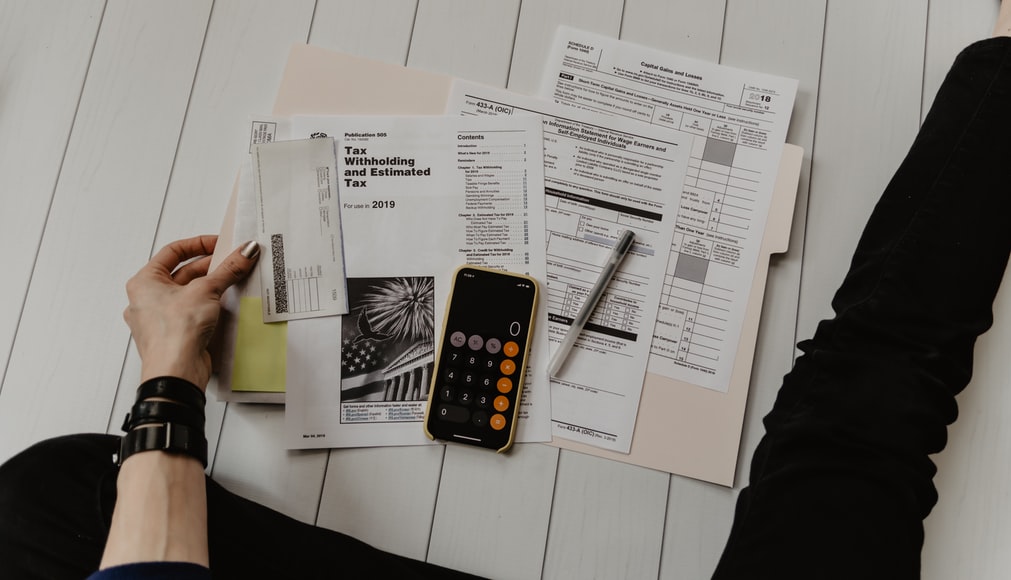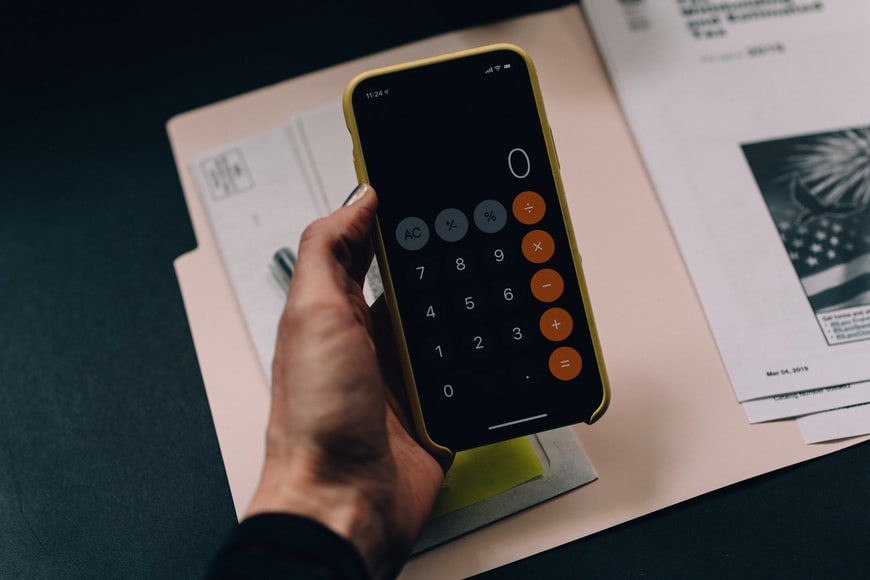Defintion of value-added tax
GST (Products and Services Tax) is an excise tax levied on the majority of goods and services provided in the United Kingdom. Other names for VAT or taxes on goods and services, such as the Japanese Consumption Tax (JCT) in Japan or Quebec Sales Tax (QST) in Quebec, Canada, may be used in other countries.

Certain costs made to hosts and guests for services may be subject to VAT. Fees may be liable to VAT as Electronically Supplied Services in certain countries, such as Australia, Norway, Switzerland, Iceland, and the European Union (EU) (ESS). A wide range of countries are likely to adopt VAT regulations in the ESS in the near future.
You may have to charge VAT for the services you give to your visitors depending on the jurisdiction of your house or the location of your lodging. It is possible that visitors in other countries may be required to pay VAT on the services you supply. The amount of VAT you owe to visitors, based on your tax status, may be sent to you or we may pay the entire amount of VAT straight to the local tax authorities, depending on your tax situation.
Contact a tax expert to find out how much VAT you owe. Submission of a VAT tax registration number below the billing address is required if your establishment has previously registered and is charging visitors for the services you give them.
In order to determine relevant VAT for visitors, the whole service fee must be taken into account. In accordance with the price information supplied to us, VAT is applied at the time of booking if applicable. VAT is adjusted to reflect any change in the service fee in the event of a booking modification.
Subscription fees or booking fees are used to calculate relevant VAT for hosts. When making a payment, VAT will be added if applicable, based on the billing address you provided. Please double-check your billing address, as we may not be able to make any changes or reissues. Payment processing expenses may be excluded from VAT in certain countries. Payment processing costs are not subject to VAT in this situation.
Among the first EU taxes to be uniformly applied throughout the bloc was the VAT. The EU’s own budget resource based on VAT was introduced in 1970 as an additional income source to customs charges on imports and agriculture levies.
In order to compute each country’s proportionate contribution to the EU budget, each Member State utilised a uniform VAT basis to apply the rate of payment. The Member State divided the total net VAT income it received in a given year by the VAT rate it applied in that year in order to compute the VAT base for that year. The harmonised VAT base was computed by dividing the total net VAT income received by the country’s weighted average VAT rate where more than one VAT rate was imposed by a Member State. In Council Regulation 1553/89 on the unified final process for the collection of own resources resulting from VAT, this approach for determining the harmonised VAT base is specified.
Numerous adjustments and hedges have to be made to the VAT base in order to get it in line with the rest of the world.
Today’s VAT-based resource is the same one that was used in the past.
The same VAT-based resource has been simplified under the long-term budget 2021-2027 in order to lessen the administrative burden of the EU and the Member States.
The following is a breakdown of the simplification:
For the full period 2021-27, the weighted average VAT rate for the year 2016 in each Member State will be applied, as provided for in the Treaty and for any violations of the EU VAT Directive.
As a last step, each country’s VAT base is limited to 50 percent of its GNI base, in order to prevent reverse progressive taxation within the VAT-based resource. Finally, during the period 2021-2027, the VAT base of each Member State is subject to a single payment rate of 0.3 percent.






